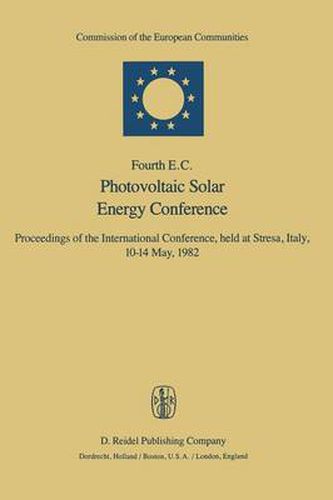Readings Newsletter
Become a Readings Member to make your shopping experience even easier.
Sign in or sign up for free!
You’re not far away from qualifying for FREE standard shipping within Australia
You’ve qualified for FREE standard shipping within Australia
The cart is loading…






This title is printed to order. This book may have been self-published. If so, we cannot guarantee the quality of the content. In the main most books will have gone through the editing process however some may not. We therefore suggest that you be aware of this before ordering this book. If in doubt check either the author or publisher’s details as we are unable to accept any returns unless they are faulty. Please contact us if you have any questions.
This paper is written in the belief that people are important and that equipment is to serve the needs of the people and therefore should be designed to meet their specific needs and environment. This is particularly important in the case of a developing country when a professional engineer accepts the responsibility to formulate policies evaluate equipment imple ment projects and train national people. 1. Government, geography and climate Papua New Guinea, an independent and self governing state since 1975, is located directly North of Australia above the North Eastern State of Queensland. The country extends from 141 Degrees east longitude, at the border with Indonesia (Irian Jaya) to 160 Degrees east longitude and between latitudes 1 Degrees and 12 Degrees south (see figure 1). Papua New Guinea is a parliamentary democracy, with a single legis lature known as the National Parliament (1). The State is divided into 19 provinces plus the National Capital District (Port Moresby) with de centralized Government established in each province. Before independence the country comprised the Australian territory of Papua in the southern regions and the United Nations Trust Territory of New Guinea in the North (1). Land area is 462,840 square kilometres This inclUdes the mainland, the three large islands of New Britain, ~ew Ireland and fiougainville plus 600 small islands and archipelagos. Approximate direct distances from the capital city of Port Moresby to some of the other centres are : Vanimo 990 km, Rabaul SOO km, Arawa 990 km and Lorengau S25 km.
$9.00 standard shipping within Australia
FREE standard shipping within Australia for orders over $100.00
Express & International shipping calculated at checkout
This title is printed to order. This book may have been self-published. If so, we cannot guarantee the quality of the content. In the main most books will have gone through the editing process however some may not. We therefore suggest that you be aware of this before ordering this book. If in doubt check either the author or publisher’s details as we are unable to accept any returns unless they are faulty. Please contact us if you have any questions.
This paper is written in the belief that people are important and that equipment is to serve the needs of the people and therefore should be designed to meet their specific needs and environment. This is particularly important in the case of a developing country when a professional engineer accepts the responsibility to formulate policies evaluate equipment imple ment projects and train national people. 1. Government, geography and climate Papua New Guinea, an independent and self governing state since 1975, is located directly North of Australia above the North Eastern State of Queensland. The country extends from 141 Degrees east longitude, at the border with Indonesia (Irian Jaya) to 160 Degrees east longitude and between latitudes 1 Degrees and 12 Degrees south (see figure 1). Papua New Guinea is a parliamentary democracy, with a single legis lature known as the National Parliament (1). The State is divided into 19 provinces plus the National Capital District (Port Moresby) with de centralized Government established in each province. Before independence the country comprised the Australian territory of Papua in the southern regions and the United Nations Trust Territory of New Guinea in the North (1). Land area is 462,840 square kilometres This inclUdes the mainland, the three large islands of New Britain, ~ew Ireland and fiougainville plus 600 small islands and archipelagos. Approximate direct distances from the capital city of Port Moresby to some of the other centres are : Vanimo 990 km, Rabaul SOO km, Arawa 990 km and Lorengau S25 km.